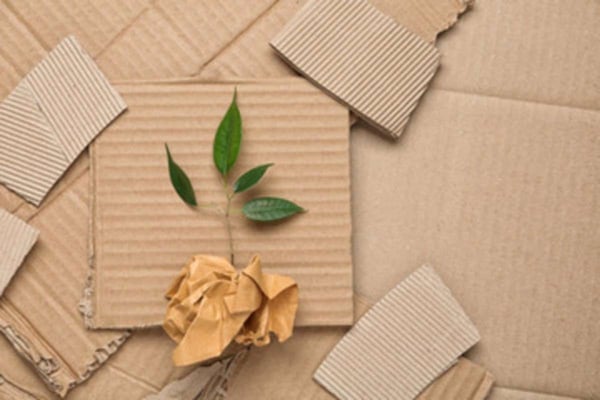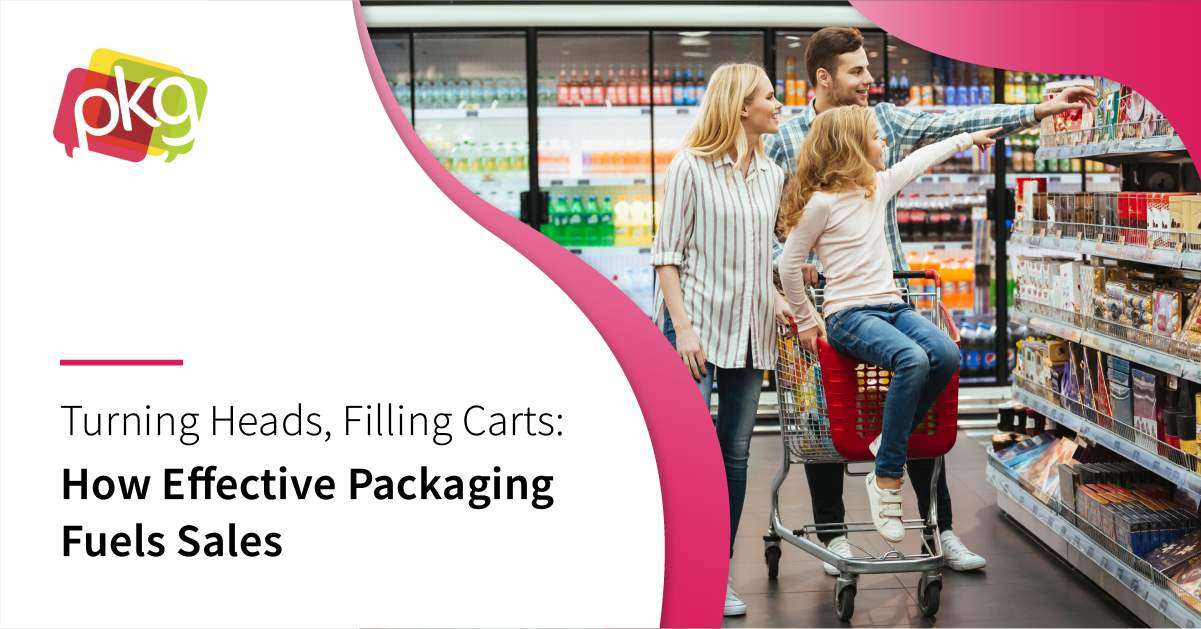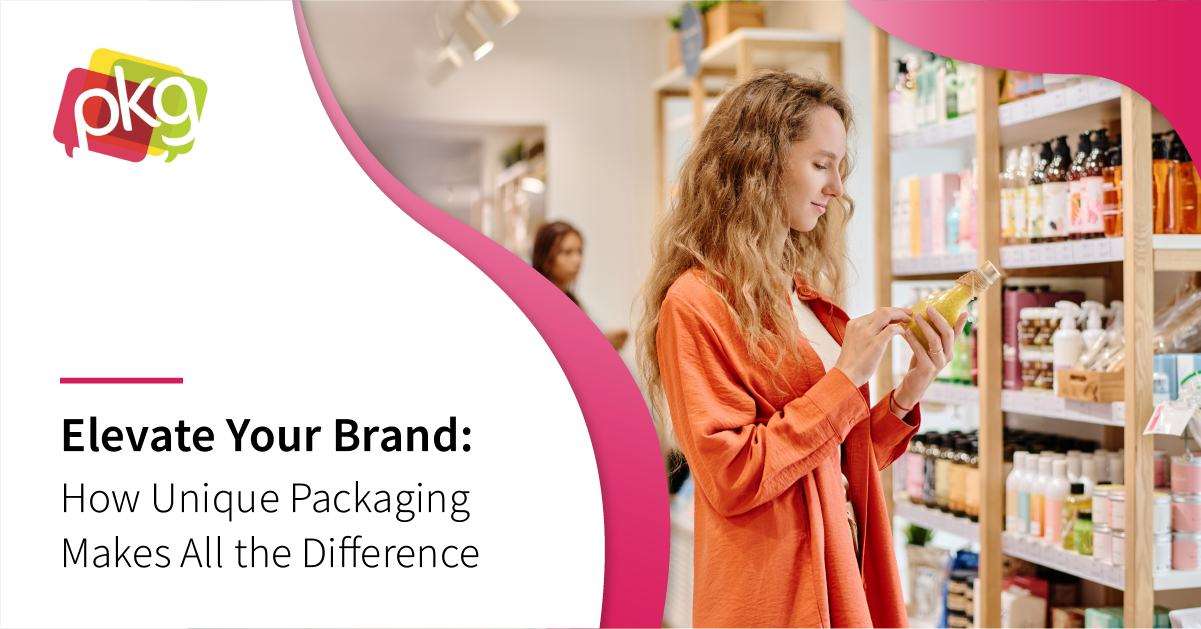Sustainable packaging design is highly valued by today’s consumers. Many brands recognize this and seek to provide options that are completely recyclable. In a 2018 survey, Flex Pack Mag reports that 83% of consumers understand what sustainability means, while 86% say they care about sustainability as a whole.
Now that we’re nearing the end of 2022, let’s examine some of the top sustainable CPG packaging trends of the year.
Less Packaging Material
Complex CPG packaging requires the use of more materials, which means more natural resources when the product is manufactured. A simpler packaging design will require less material, which is better for the environment.
Many brands are taking this into consideration when creating product packaging. A minimalist packaging design is currently on-trend, so using less material aligns with consumers' needs. Consumers will focus more on products than packaging, which helps products stand out on store shelves and online.

Recyclable Packaging
When choosing CPG packaging materials, consider using only those that are recyclable. They include paper, cardboard and glass, among others.
Some brands are using several types of paperboards and materials like bamboo for CPG packaging materials. This ensures consumers can easily separate and label it correctly. Letting them know it's completely recyclable adds to the message of sustainability from your brand and answers any questions they may have about how to dispose of it.
Some brands use packing peanuts that are biodegradable and made from material other than Styrofoam as well as air pillows made of recyclable materials. Cornstarch CPG packaging is also used in place of non-recyclable materials.
Flexible Packaging
Flexible packaging is made of materials that aren't rigid in structure. Rather, they hold and protect products. Materials used for this type of packaging design include foil, paper, and some plastics.
This newer packaging design is cost-effective and requires less energy to manufacture. It also provides more customization and is often found in the pharmaceutical, personal care, and food and beverage industries.
Adding resealable options to flexible packaging enables consumers to store products more efficiently by keeping them fresh. They can also reuse this CPG packaging for refills of the same products or other products altogether.
.jpg?width=600&name=package%202_600x%20(1).jpg)
Conclusion
There are many sustainable CPG packaging innovations available for all types of products. As a brand, the key is planning how you'll create sustainable packaging design and which materials you'll use. This may depend on your industry and the types of products you sell.
Encouraging consumers to recycle or reuse CPG packaging lets consumers know you're committed to sustainability. It also helps inform those who want to recycle but may not know key details on how to do so.
Finally, make sure your CPG packaging materials are truly recyclable. Some packaging is made from materials that are recyclable like paper and cardboard, while others (like plastics) are not.
Communicate your sustainability to consumers by telling them what materials you use. According to Fresh Lock, only 60% of brands feel consumers truly understand sustainability.
While many of today’s consumers may understand it, they may be unclear about the specific types of paper or plastics used. Informing consumers creates transparency, which leads to brand trust and loyalty.
PKG Brand Design is always on the forefront of new CPG branding and packaging initiatives. Subscribe to our blog for the latest package design industry news!







